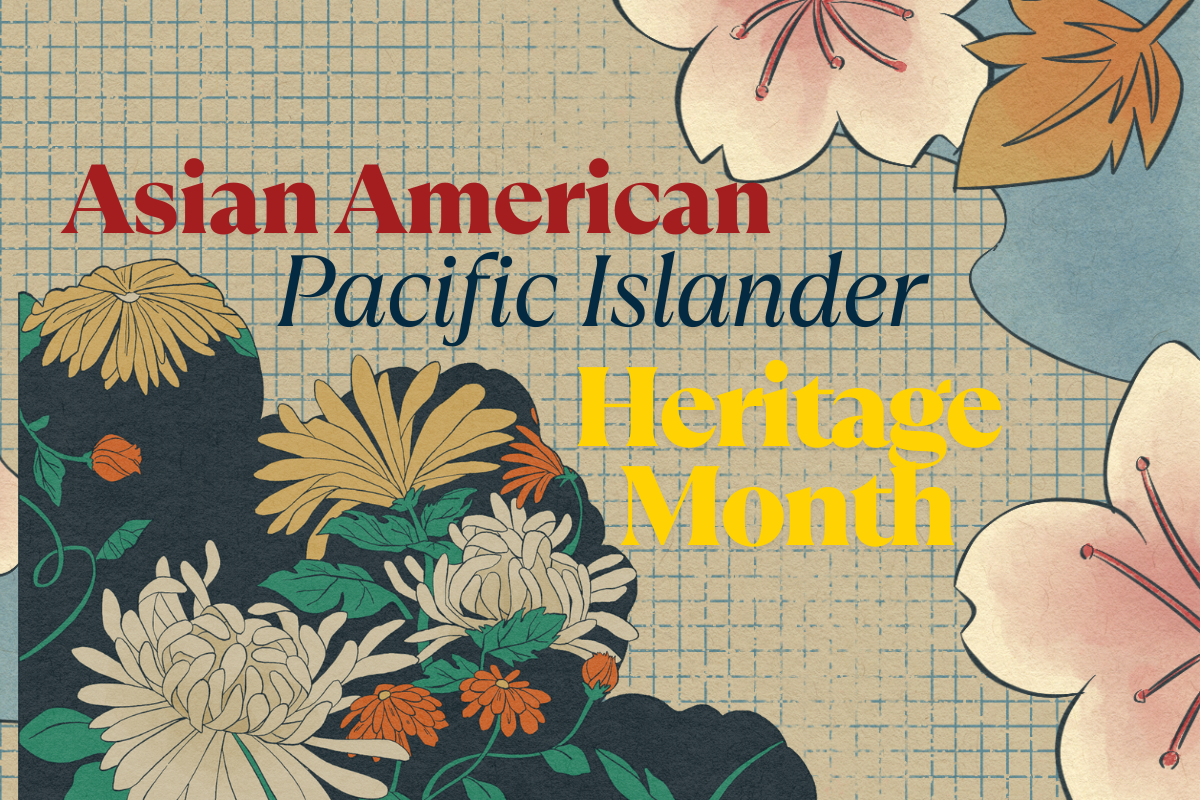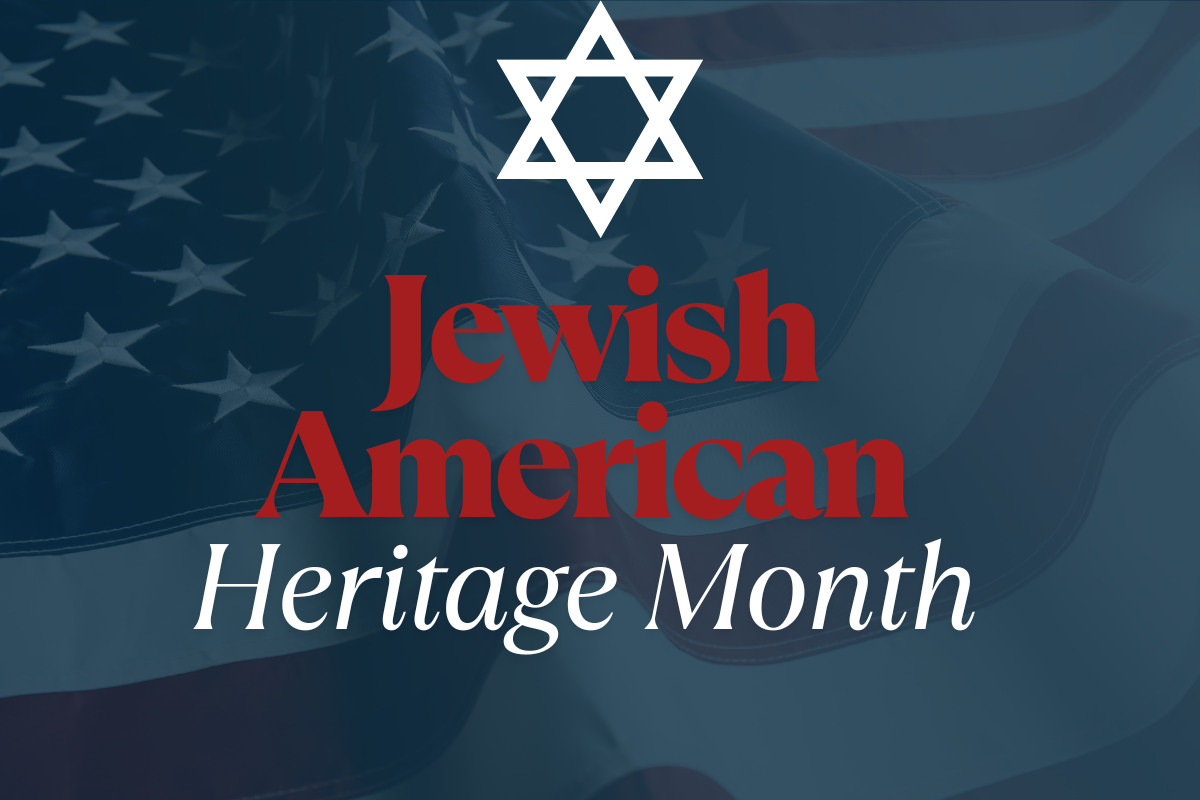How Can Virtue Ethics Be Applied to Project Management Processes?
PUBLISHED:
How Can Virtue Ethics Be Applied to Project Management Processes?
Virtue ethics put virtue and an individual's character above the consequences of voluntary acts, rules, or principles of conduct. Other ethical systems emphasize doing one's duty and acting to bring about good outcomes. At CIAM, we focus on teaching management philosophies as a
liberal art, and our MBA project management courses cover the role and application of ethical principles during the lifecycle of a project. Here is how you can apply virtue ethics to the project management process:
Resolving Ethical Dilemmas
Project managers should do what is right for the company, society, and stakeholders while adhering to local laws. As a project manager, you must oversee the project to fulfill the organization's goals, social responsibility, and welfare commitment. CIAM's MBA project management course on ethical leadership prepares students to deal with ethical dilemmas in the decision-making process. Ethical dilemmas occur when situations conflict with your moral values or professional project management standards. Examples of ethical dilemmas you may face include employee anxiety, lawful conduct, fairness, transparency, and accountability. If teams are anxious about their job security due to automation, you can assure them of their roles and responsibilities. You can also fairly represent the performance of employees without favoritism. Virtue ethics apply to many situations and dilemmas that require compassion, fairness, and sound leadership. Project managers can use virtue ethics to prioritize moral values and determine what a virtuous person would do in each situation.
Consistency In Decision Making
Project management decisions tend to be goal-oriented, resulting in ethical systems focusing on the rules and principles of conduct. Managers and teams emphasize the consequences of their actions and obedience to set regulations and authorities. Analyzing consistency in decision-making is one way to apply virtue ethics in the project management process. Project managers can establish standardized review approaches so everyone involved can access the same tools and metrics needed for their jobs. Ethics require consistency, meaning a project manager's morals, standards, values, and decisions must not be contradictory. Good virtues for project managers include honesty, courage, tolerance, integrity, fairness, compassion, and self-control. Applying these virtues in project management can result in consistent decision-making. Consistency reduces subjectivity and bias in communication, task assignment, reviews, and engagement. All teams and individuals should receive fair treatment and access to resources and information.
Team Motivation and Leadership
Project management requires skilled and confident leaders who can identify issues and apply ethical principles while finding solutions. At CIAM, we teach models of ethics, duty, motivation, and leadership to cultivate a sense of compassionate management. Project managers are also trained in the importance of service to others and leadership as a liberal art. Adopting the ethical principles and cardinal virtues of courage, justice, fortitude, truthfulness, and restraint can result in project managers creating an empowered team. Project managers can apply virtue ethics during hiring processes to find team members with strong values. Employees who embody desirable virtues carry their behavior into the workplace and influence others. Creating a strong organizational culture with mental fortitude, courage, self-control, and kindness as its central values can drive workplace productivity. Business leaders can also solve issues and inspire others through responsible, compassionate, and holistic management principles designed to elevate humanity.
Explore MBA Project Management Programs
CIAM's MBA project management in practice courses are designed to help students understand how virtue ethics apply to project management. After learning about virtue ethics in an MBA program, project managers can use the concepts to enhance their workplaces. Contact CIAM today to learn more about our MBA project management courses and how they can help you develop your professional edge and ethics.



